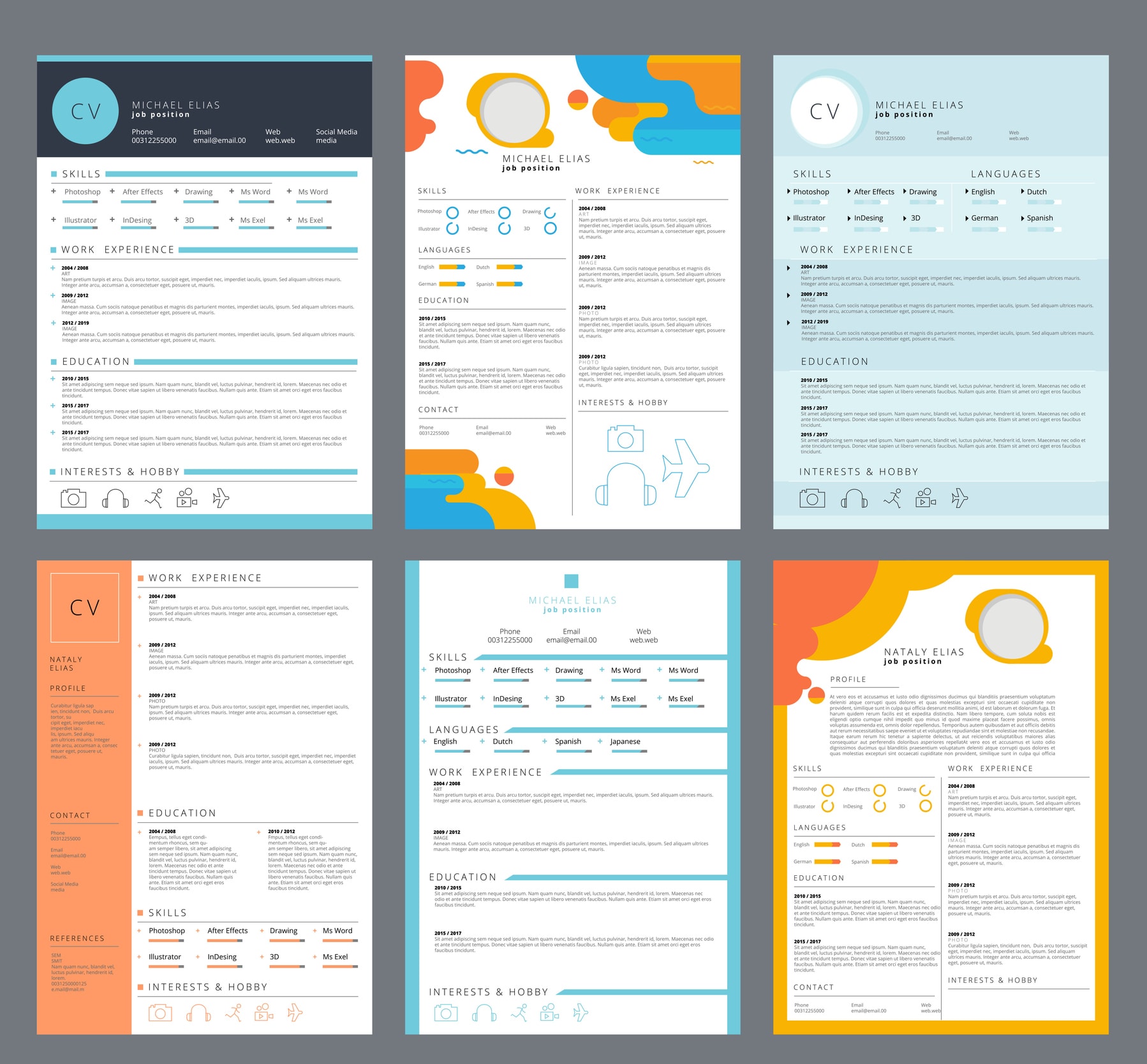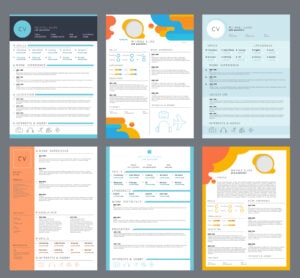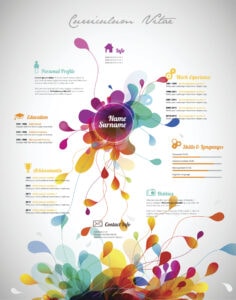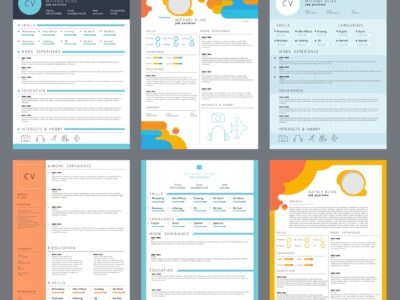 It’s inevitable. One day you will have to sit down at a computer, type out a one-page sheet that explains all the things you have done with your life to try and impress someone else sitting at another computer screen judging your experience or lack thereof. In layman’s terms, the dreaded resume and the bonus “fun,” the cover letter.
It’s inevitable. One day you will have to sit down at a computer, type out a one-page sheet that explains all the things you have done with your life to try and impress someone else sitting at another computer screen judging your experience or lack thereof. In layman’s terms, the dreaded resume and the bonus “fun,” the cover letter.
You start debating the approach you want to take. Will you be super creative or follow a standard Microsoft Word template? Should you exaggerate a little when it comes to your contributions or stick with the basics? Do you need more facts, or should you only use numbers? Does this wording make sense? Am I spelling this right? Your head is now spinning, and you feel like slamming the computer shut and giving up. It all sounded so simple when you first started the process, but now everything is a blur.
Please do me a favor and take a deep breath because I got you.
Trust me, I know firsthand creating a resume and cover letter sucks, but I have some simple tips and tricks to make life a little easier.
 The basics of a resume and cover letter
The basics of a resume and cover letter
- Use standard and clean fonts such as Times New Roman, Arial, or Helvetica to make your resume easy to read.
- Remove the phrase “reference available upon request.” Trust me, they already know or will ask for them if needed, don’t waste the space.
- Delete career objectives. It’s typical and boring. We don’t do that anymore.
- SPELL CHECK, SPELL CHECK, SPELL CHECK, did I say SPELL CHECK yet?
- Remove your address, especially if you are applying for a position out of state. You don’t want them eliminating you just because of your location.
- Add only professional social media handles and websites. If adding a LinkedIn URL, make it custom, DO NOT copy and paste the entire long link, and make all your hyperlinks live for the reader’s convenience. Example: https://www.linkedin.com/in/tydivers/
- Do not add any personal information such as your age, marital status, and religion. It is illegal for a company to even ask upon request for hire.
- If you have been out of school for more than three years, take your graduation date off. Move your education below or to the side of your experience.
- Do not put Microsoft Office as a skill set. Everyone should know those basic skills. If you don’t, learn them before you apply.
- If you have gaps in your work history, delete dates and only have years.
- Swap generic words with stronger adjectives.
- Do not have more than six bullets per position.
- Demonstrate how you contributed to the company’s overall objectives, not just your task—for example, “I increased email open rates 32% month over month.
- Use keywords from the job description that you are applying for.
- Save your resume and cover letter as both a PDF and word file. Having multiple formats to submit guarantees that it will open the same way regardless of the computer.
- Save your resume and cover letter with your first and last name. Example Ty Divers’ Resume
- Add the pdf version of your resume and cover letter to your LinkedIn profile.
- Ask 2-3 people to review your resume. You will have better insight as to if your resume is memorable, easy to read, or if it has any misspelling or grammar issues.
- Ask for help, or hire a professional resume writing service.
 How creative is too creative?
How creative is too creative?
Going creative always sounds like a great idea, but it depends on your industry. For example, if you’re applying to a finance position you don’t want a bright pink font. However, if you’re applying for a marketing position, it could help you stand out. Here are a few things to consider before you get too wild…
The Pros
- It’s memorable. Recruiters look through hundreds if not thousands of resumes per year. Your resume and cover letter are considered your first impression before someone ever meets you. You will want them both to catch the eye of your potential employer.
- Having a fun resume and cover letter can highlight your strengths in design, your creativity, and your personality. It identifies your brand from the start.
The Cons
- More prominent companies use a computer system or algorithm to sift through resumes before sending them to a real person. If your resume is too creative or too hard to read, the computer could reject it immediately.
- Always research the recruiter and the managers that you will be on your team. More often than not, the staff members are all veterans and an older generation. They stick with what they know and don’t want anything different. On the contrary, if the company is a start-up or run by millennials/gen-z, I say go for it.
- Creative resumes and cover letters can become very distracting and be seen as unprofessional, remember less is more sometimes and avoid using too many graphics or clipart.
Whatever you decide to do, take a few to ask yourself what you are ultimately trying to accomplish with your resume and cover letter. If you do a quick google search, a million and one websites and examples will come up. My favorite resource tool is Canva. You can check out my resume and cover letter down below.
Check out my resume and cover letter, and let me know if these tips were helpful.


 The basics of a resume and cover letter
The basics of a resume and cover letter How creative is too creative?
How creative is too creative?

